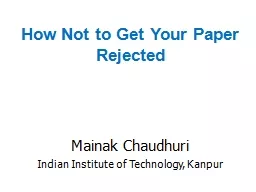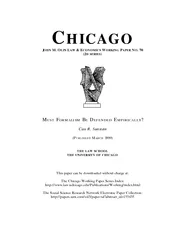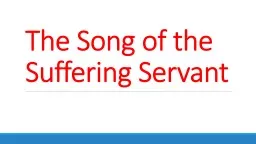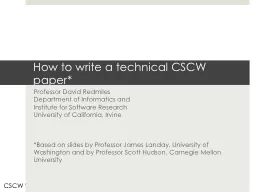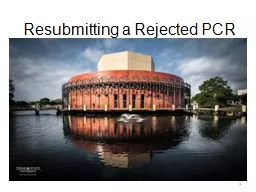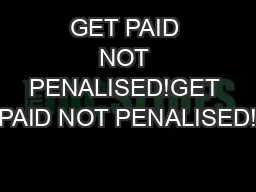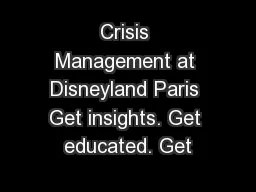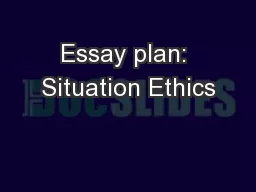PPT-How Not to Get Your Paper Rejected
Author : myesha-ticknor | Published Date : 2017-01-15
Mainak Chaudhuri Indian Institute of Technology Kanpur Prolog Why Publishing is important Must tell your ideas to others Improves the chance of converging to a better
Presentation Embed Code
Download Presentation
Download Presentation The PPT/PDF document "How Not to Get Your Paper Rejected" is the property of its rightful owner. Permission is granted to download and print the materials on this website for personal, non-commercial use only, and to display it on your personal computer provided you do not modify the materials and that you retain all copyright notices contained in the materials. By downloading content from our website, you accept the terms of this agreement.
How Not to Get Your Paper Rejected: Transcript
Download Rules Of Document
"How Not to Get Your Paper Rejected"The content belongs to its owner. You may download and print it for personal use, without modification, and keep all copyright notices. By downloading, you agree to these terms.
Related Documents

